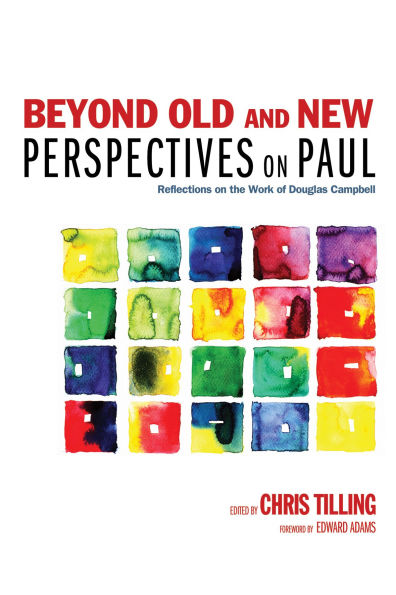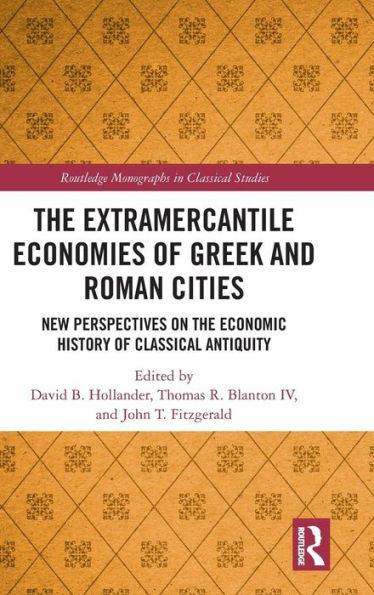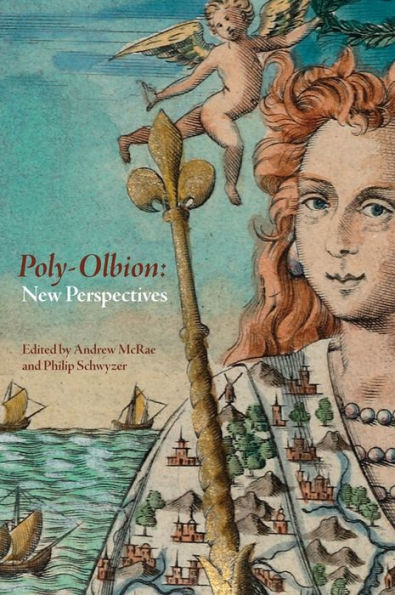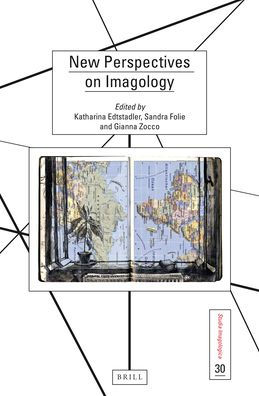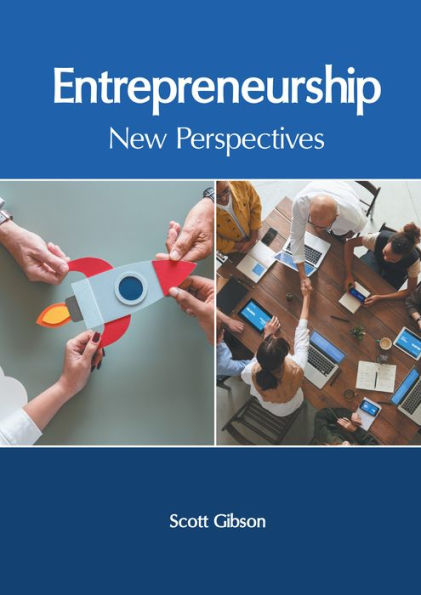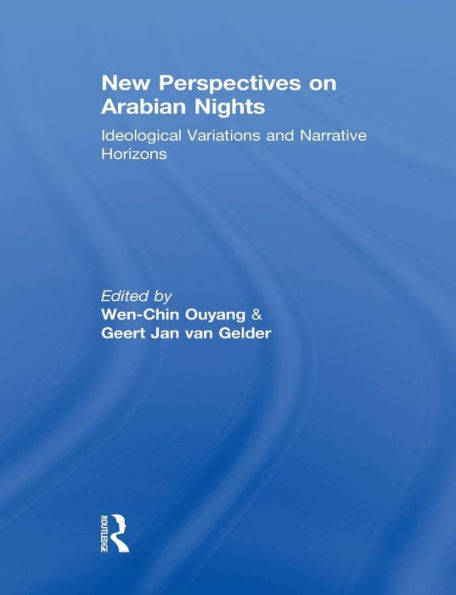Home
Wrestling with Rationality Paul: Romans 1-8 a New Perspective
Barnes and Noble
Loading Inventory...
Wrestling with Rationality Paul: Romans 1-8 a New Perspective in Bloomington, MN
Current price: $120.00

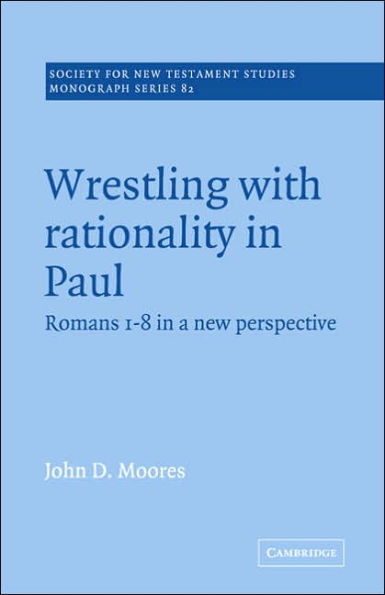
Wrestling with Rationality Paul: Romans 1-8 a New Perspective in Bloomington, MN
Current price: $120.00
Loading Inventory...
Size: Hardcover
This study combines an analysis of the argumentative complexities of Romans 1-8 with the presentation of modern theories of how meaning arises and functions. These theories (especially as represented by Umberto Eco) shed important light on two central questions raised by Paul's method: why does he reason so persistently about matters that depend ultimately on supernatural enlightenment, and why, where he does, are his arguments often so unclear and so hard to reduce to logical consistency? This book seeks to answer both questions.
This study combines an analysis of the argumentative complexities of Romans 1-8 with the presentation of modern theories of how meaning arises and functions. These theories (especially as represented by Umberto Eco) shed important light on two central questions raised by Paul's method: why does he reason so persistently about matters that depend ultimately on supernatural enlightenment, and why, where he does, are his arguments often so unclear and so hard to reduce to logical consistency? This book seeks to answer both questions.
